Although stereotactic radiation provides a noninvasive approach to treating acoustic neuromas, it also carries the risk of hearing loss over time for a sizable portion of patients, according to experts.
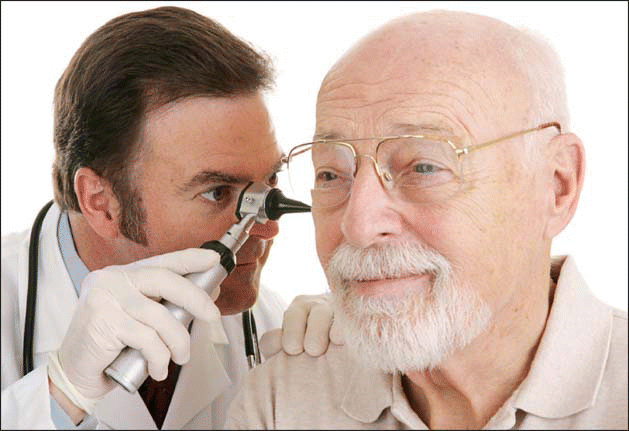

Although stereotactic radiation provides a noninvasive approach to treating acoustic neuromas, it also carries the risk of hearing loss over time for a sizable portion of patients, according to experts.

Snoring is a common complaint of patients (and their spouses) treated by otolaryngologists.

If recent evidence showing that a hearing injury in infants is a predictor of susceptibility to sudden infant death syndrome (SIDS) is validated with further studies, a perplexing and horrifying syndrome that has caused much consternation and anguish may potentially be detected by a simple hearing test at birth.
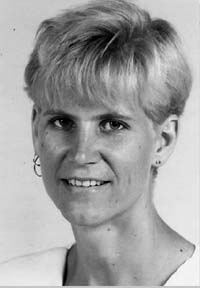
Of the more than 13,000 health care providers who are members of the American Academy of Otolaryngology-Head and Neck Surgery, exactly three of them officially practice holistic otolaryngology as members of the American Holistic Medical Association, which itself is only about 1,000 members strong and just now entering its 30th year.

Head and neck cancer care has been undergoing a paradigm shift over the past decade, moving from a surgery-based approach to one that increasingly relies on chemoradiation (CRT).
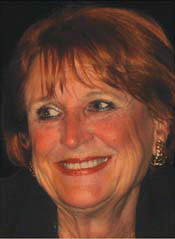
Disease-specific outcomes measures in otolaryngology-head and neck surgery can be completed by your patients before and after treatment, enabling tracking of these important outcomes with a minimum of disruption to the normal practice routine
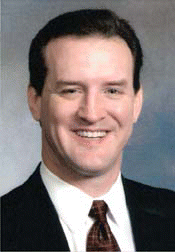
Otalgia is a common complaint of patients presenting to both general practice and otolaryngology clinics.
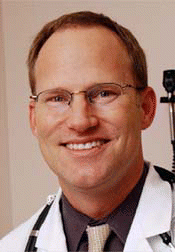
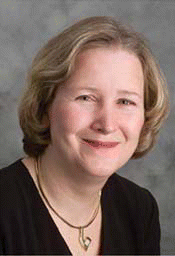
On November 15, Pell Ann Wardrop, MD, walked into a testing center, where she sat down at a computer and took an exam.

During her presentation at the 2007 Combined Otolaryngology Spring Meeting in San Diego, Dana M. Hartl, MD, PhD, from the Department of Otolaryngology Head and Neck Surgery at the Institut Gustave Roussy in France, described her findings from a retrospective, bi-institutional study designed to review the results of a large series of patients with early glottic squamous cell carcinoma treated with curative intent by transoral laser resection.